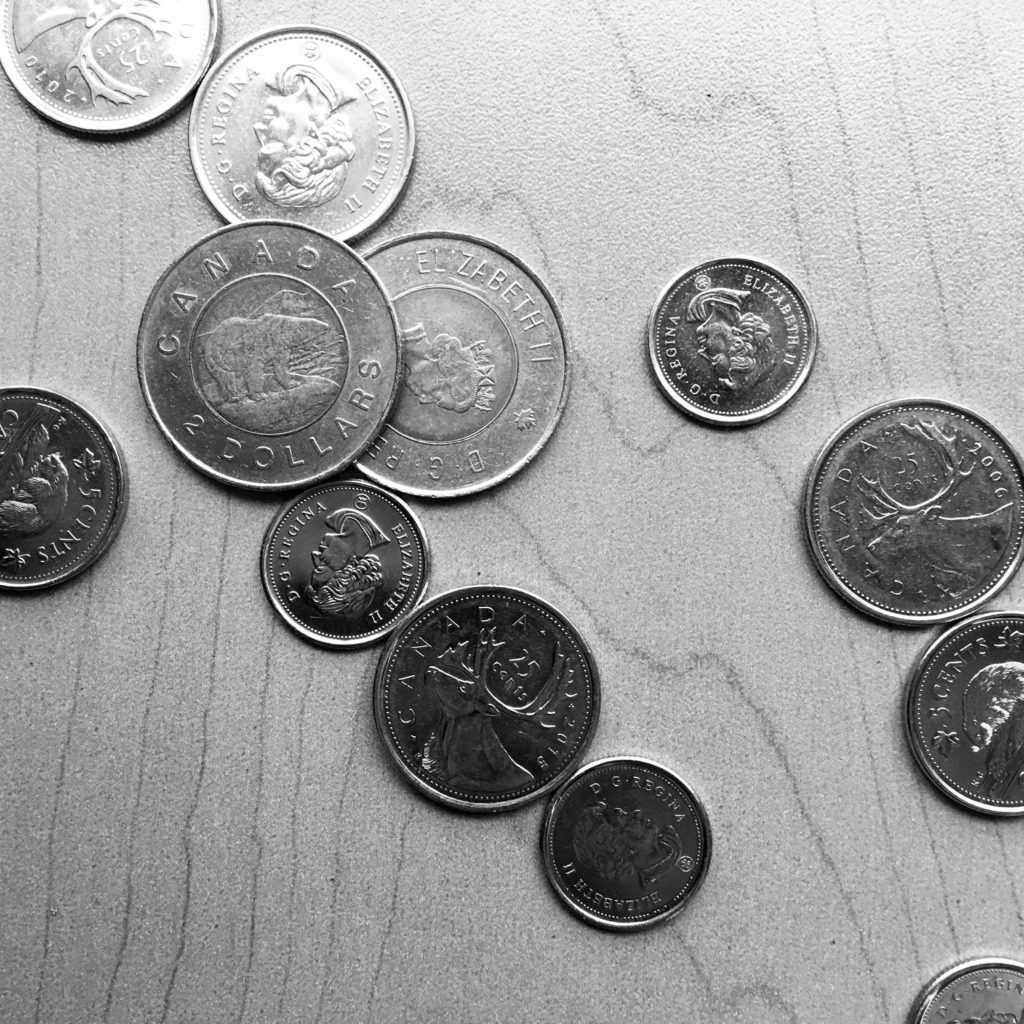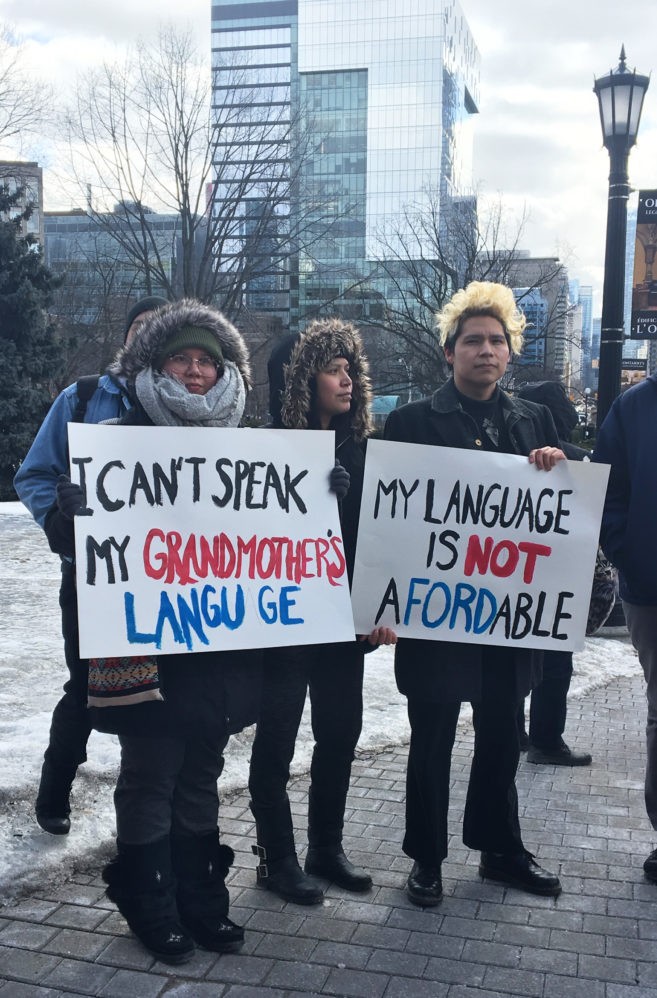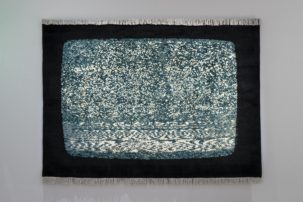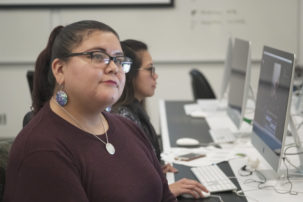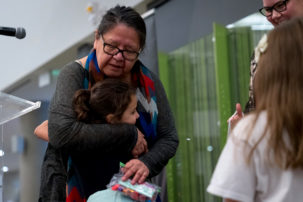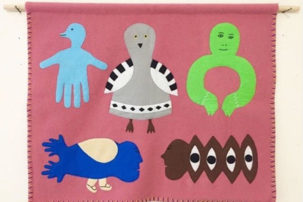A new report based on 2016 census data shows income inequality for artists in Canada.
Demographic Diversity of Artists in Canada in 2016, released last week by Hill Strategies, states that Indigenous artists make 68 cents for every dollar non-Indigenous artists make.
The report also states that racialized artists in Canada make 72 cents for every dollar non-racialized artists make—even though a higher proportion of racialized artists have a bachelor’s degree compared to non-racialized artists.
Gender also plays a role in artist incomes, says the report, but not as much. Women artists in Canada make 82 cents for every dollar men artists make.
The median income for Canadian artists overall, the report says, is $24,300.
When asked to reflect on some of these findings, particularly ones around Indigenous artists, Adam Martin, executive director of Sâkêwêwak First Nations Artists’ Collective in Regina, noted many long-term structural barriers and biases at play.
“I feel like a lot of Indigenous art is undervalued,” Martin says, adding that “accessing professional spaces” can be challenging for Indigenous artists, limiting both income and career growth. Also, in his view, “one can not gain employment or access most grants without a degree or some post-secondary experience.”
Artist-run spaces dedicated to supporting Indigenous artists are few: “Sâkêwêwak is one of the three remaining Indigenous artist-run centres in Canada,” Martin says. “Urban Shaman in Winnipeg and the Indigenous Peoples Artist Collective of Prince Albert are the others.”
Access to culture-industry funding is another obstacle Martin perceives for Indigenous creators. “There are a lot of drum groups recording themselves but they aren’t considered ‘recording groups’” by funding bodies, says Martin. “I see people at powwows with these discs, and I see there is a provincial organization that is supposed to be supporting those artists. Is this music is considered too ‘cultural,’ but country music is not?”
Anne Dymond, an associate professor at the University of Lethbridge, is the author of Diversity Counts: Gender, Race, and Representation in Canadian Art Galleries. She says the recent report’s findings are in line with her research.
“I think this is important information, and it is in line with what we know generally about a persistent wage gap for racialized artists and female-identified artists,” Dymond says via email. “So I don’t think its findings with respect to gendered and racialized pay gaps are surprising, and they really shouldn’t be surprising to anyone who’s been paying attention to issues of equity or social justice.”
At the same time, when Dymond asks about the report’s possible shortcomings, she says, “Census data is in some ways the most complete resource we can access, but in other ways it is lacking—it relies on self-reporting, which can vary for many reasons, not least that respondents interpret the questions very differently.”
The report’s authors admit that the census data has limits. For instance, they note the 2016 long-form census classified most people according to the occupation in which they worked the most hours between May 1 and 7, 2016. That methodology does not capture artists who spent more time at another job than working on their artwork during that week.
Hill Strategies also acknowledges that the census also does not track artists who teach in post-secondary, secondary or elementary schools as being artists. Additionally, the 2016 long-form census provided just two response options regarding sex—“male” or “female”—and did not provide sufficient data for analysis in regards to LGBTQ demographics.
Martin also wonders whether the report findings match 2020 realities.
“I wonder what more recent numbers are, because [since 2016] there have been increases through the Canada Council, and all sorts of reconciliation funding…. I could see a lot of bigger organizations making consideration and space for Indigenous artists [around Canada 150]—but it sort of stops there. It comes and goes, and that’s a major problem as well.”
In Martin’s view, “Nothing changes until Indigenous artists are managing major cultural institutions.”

